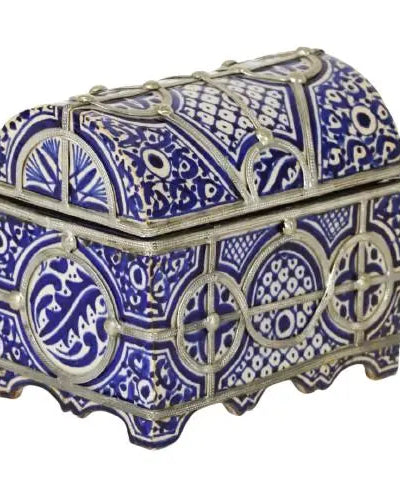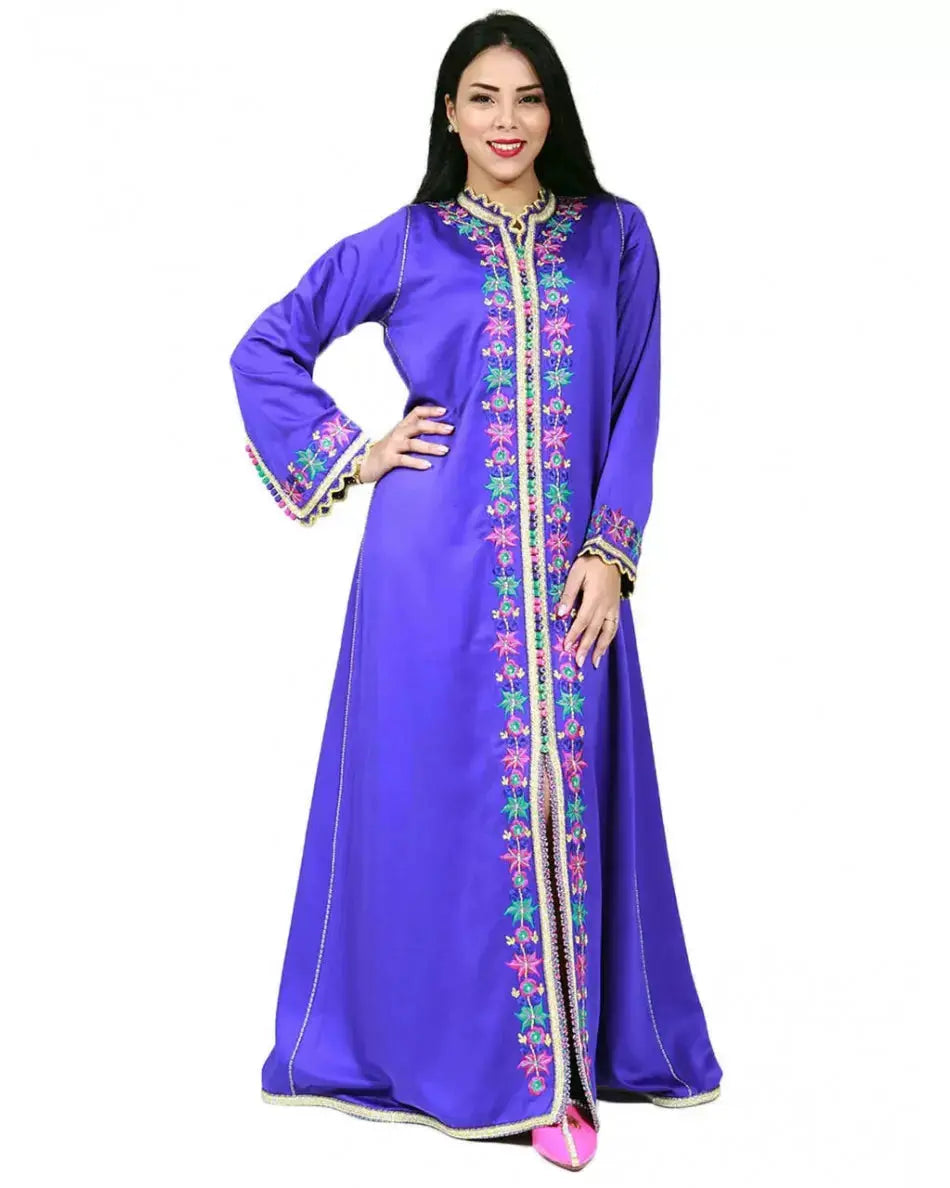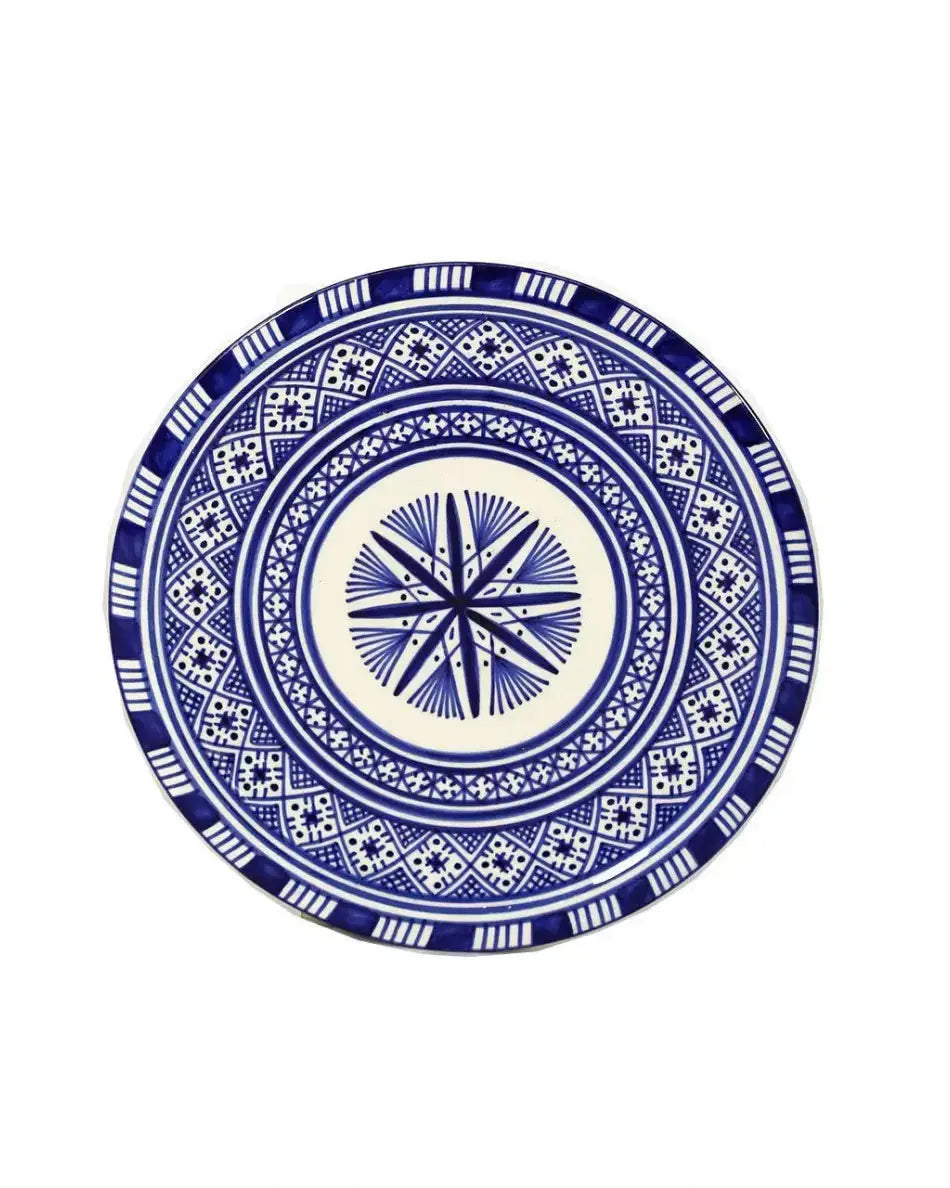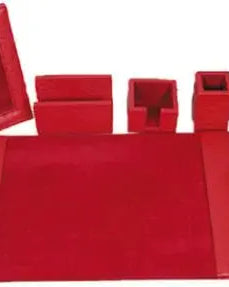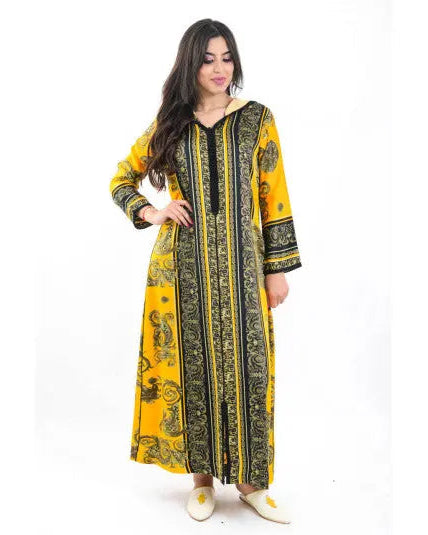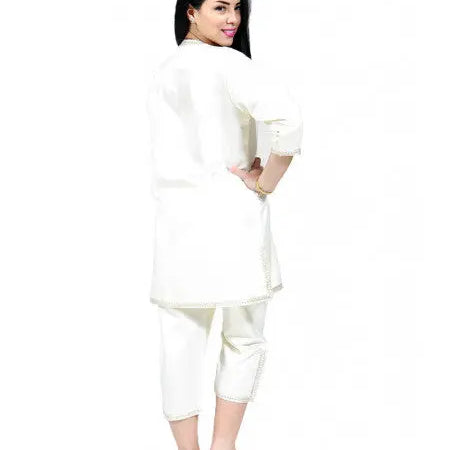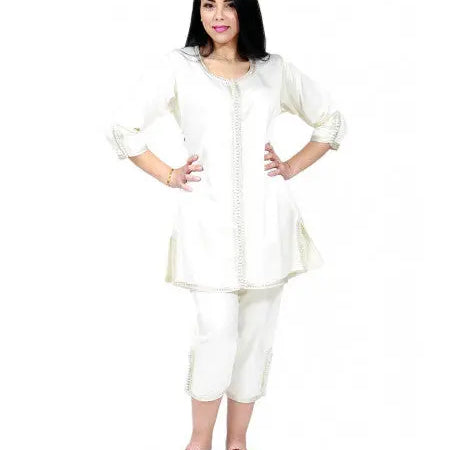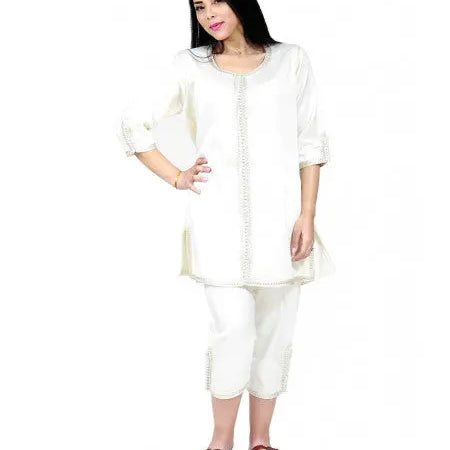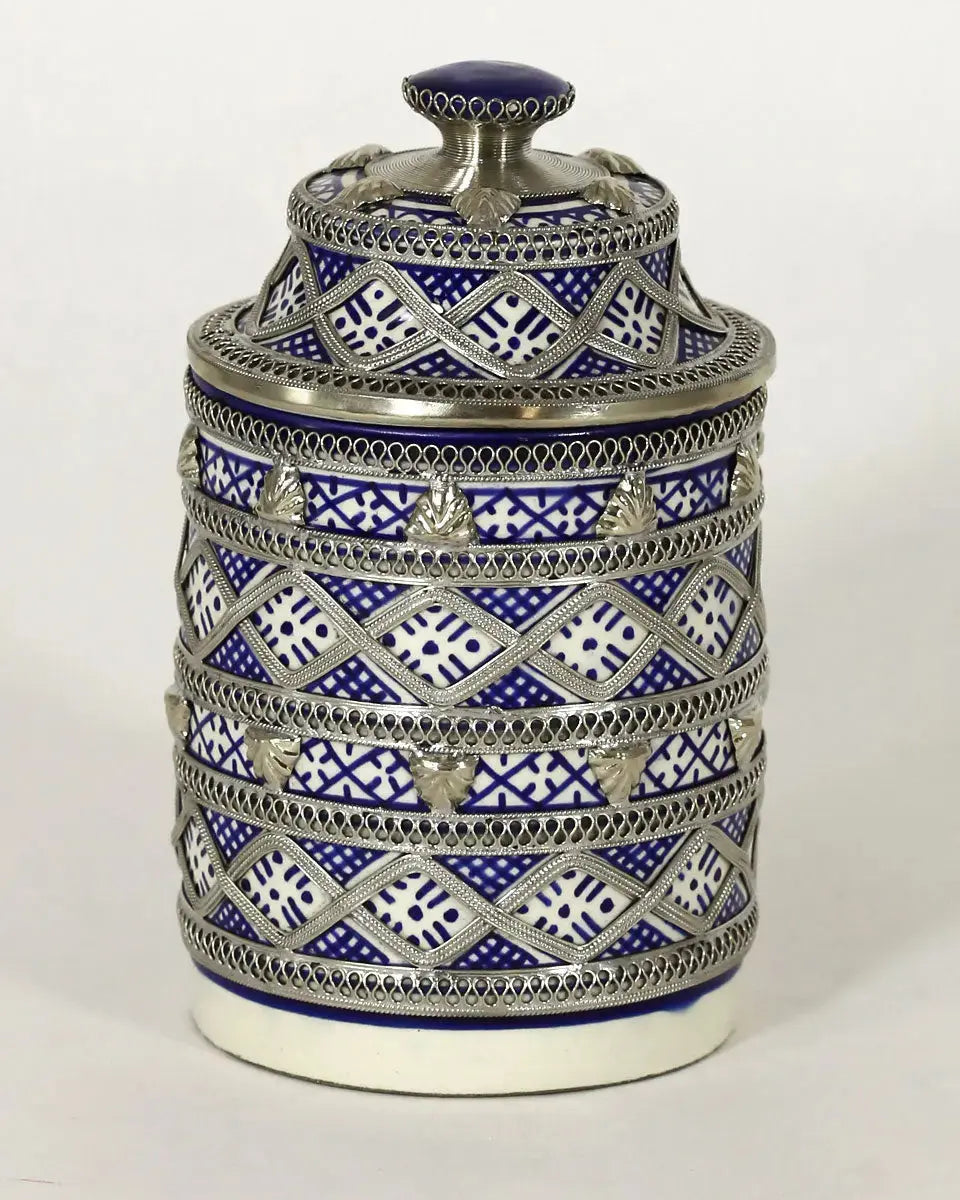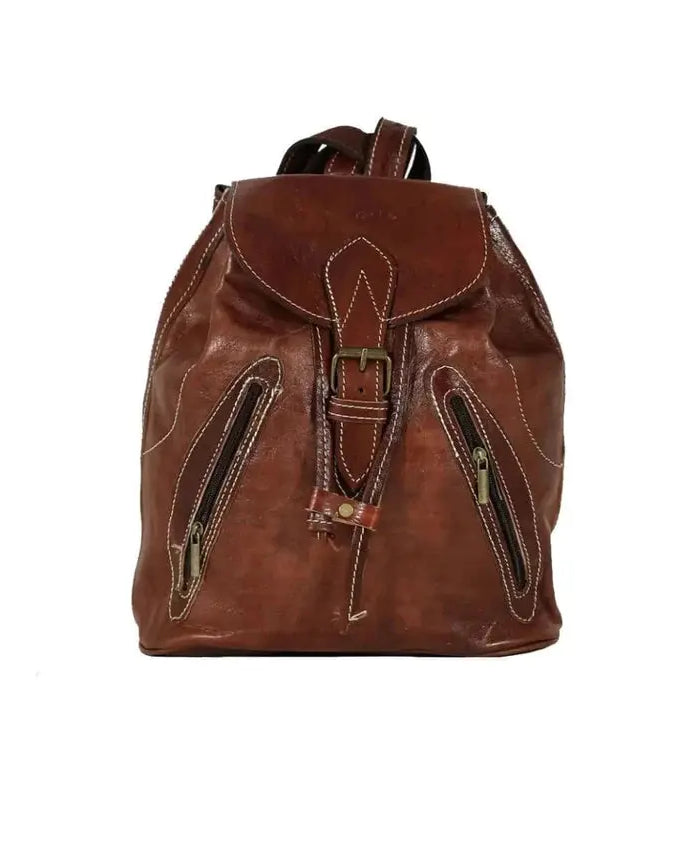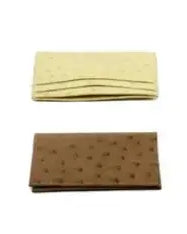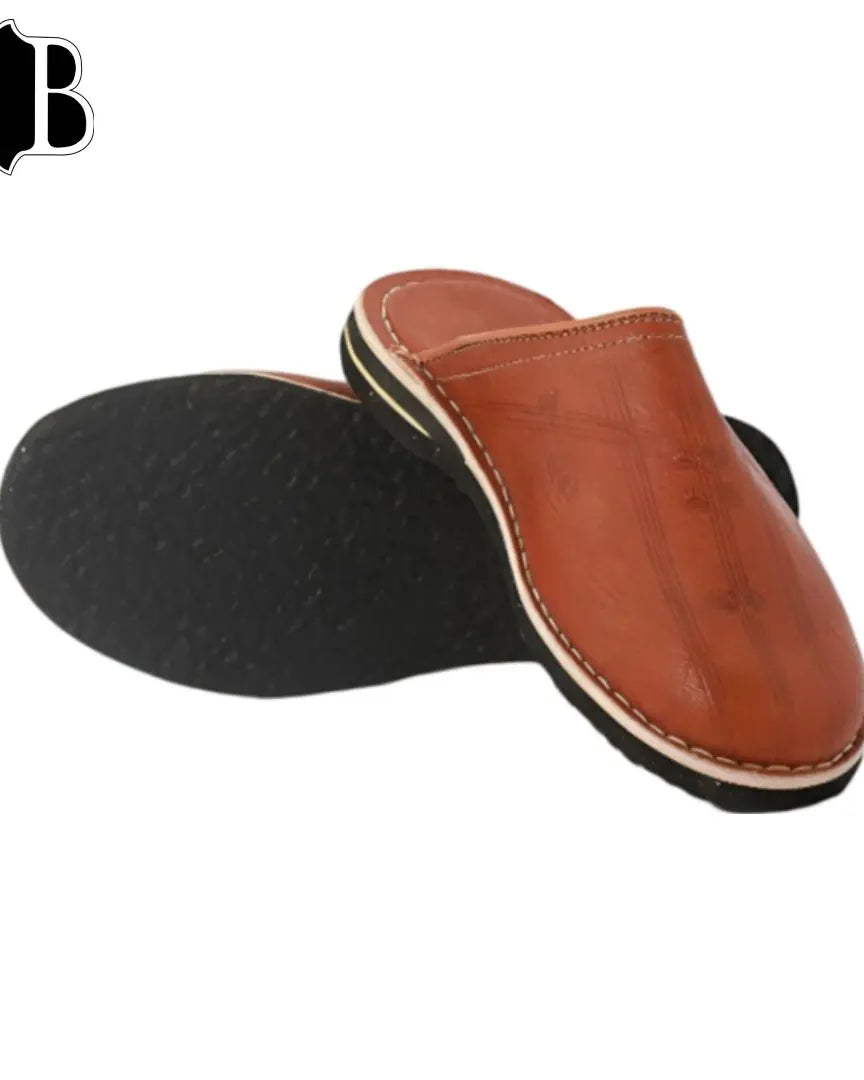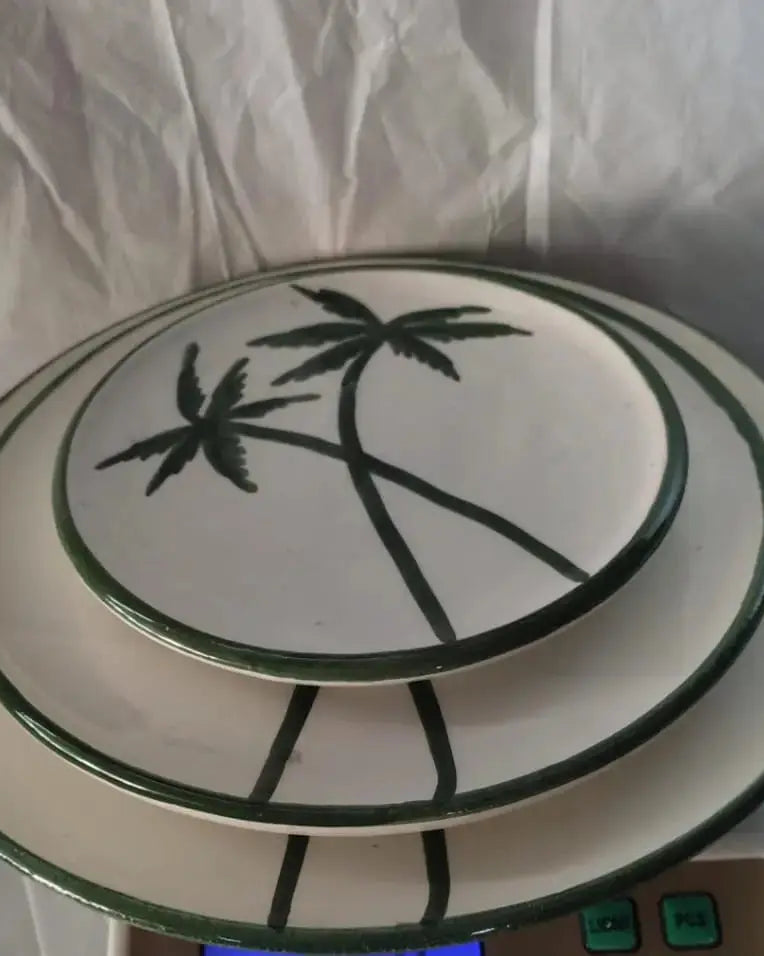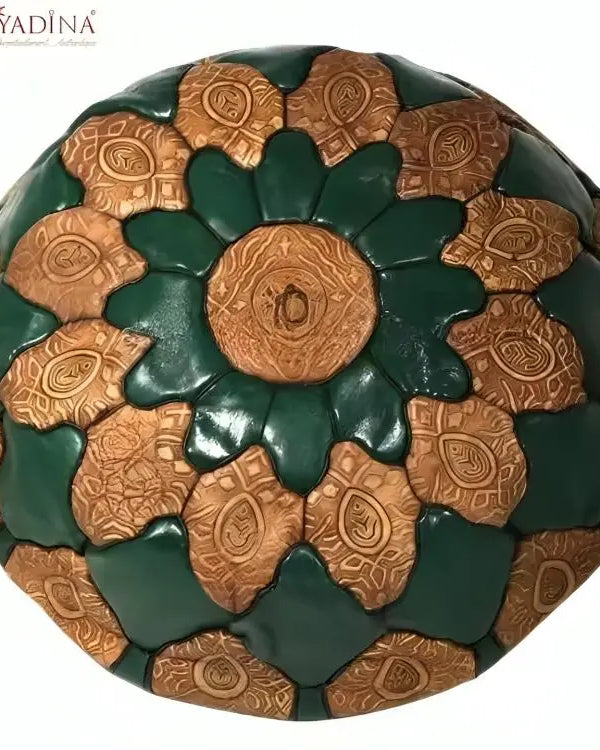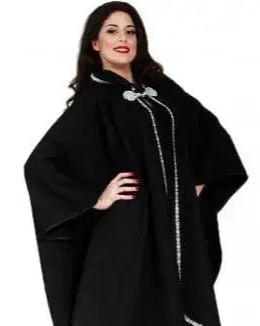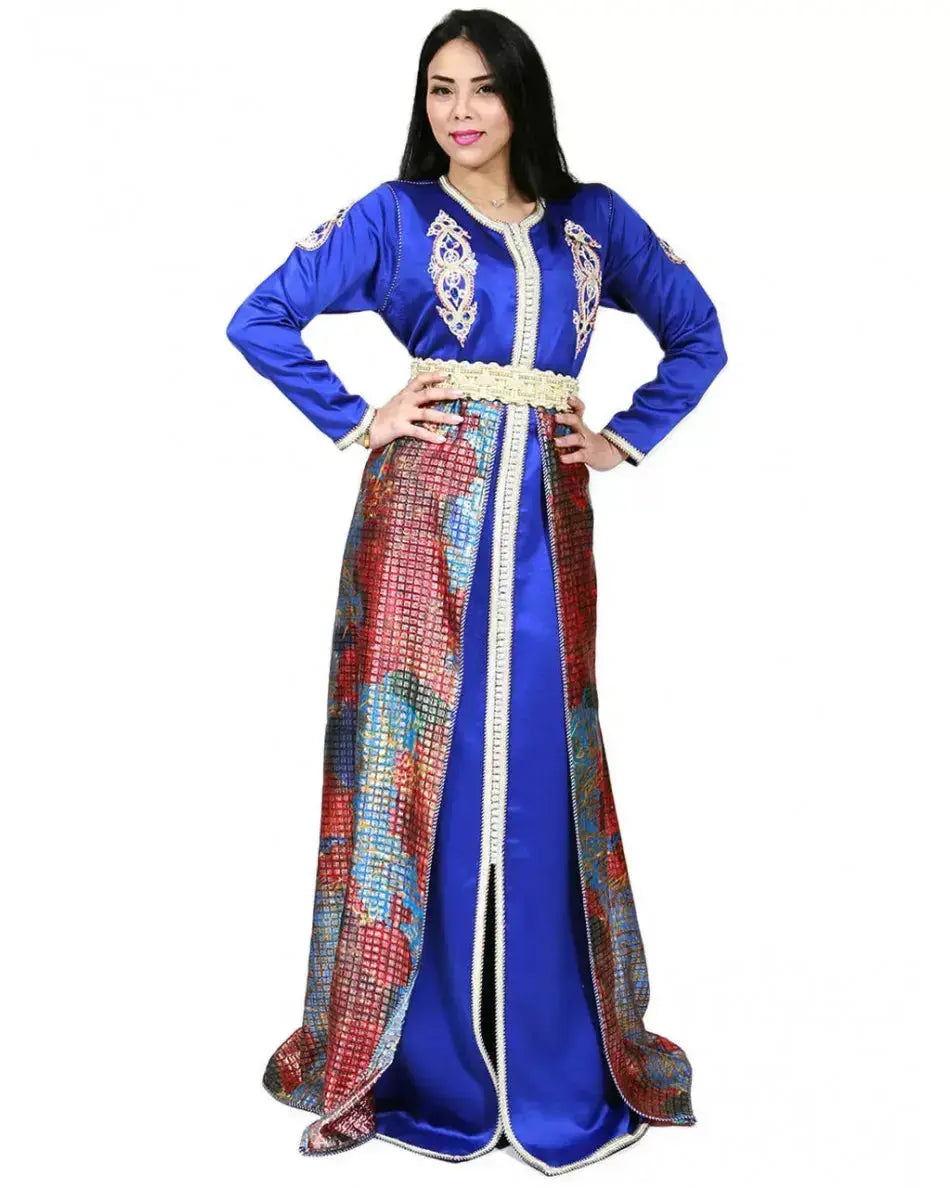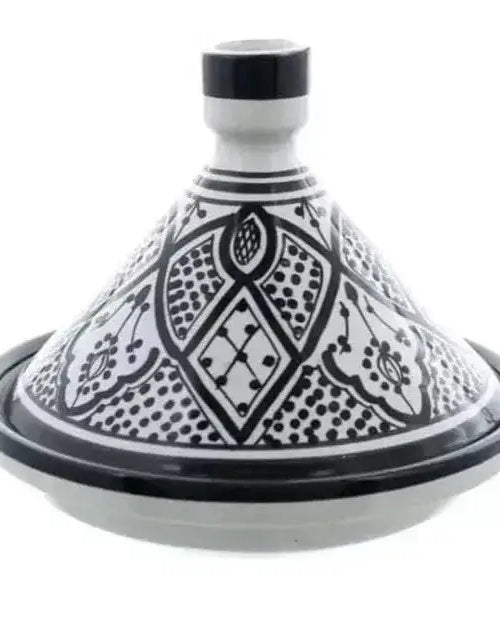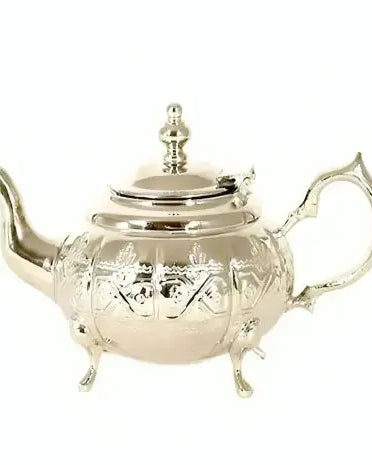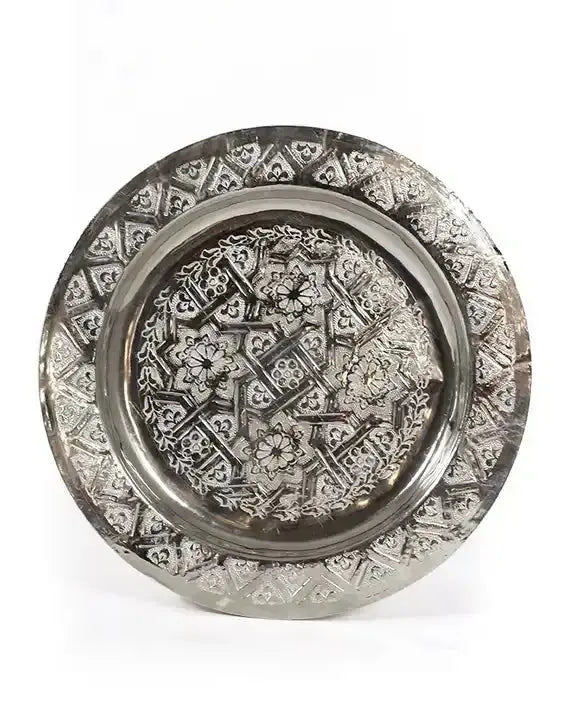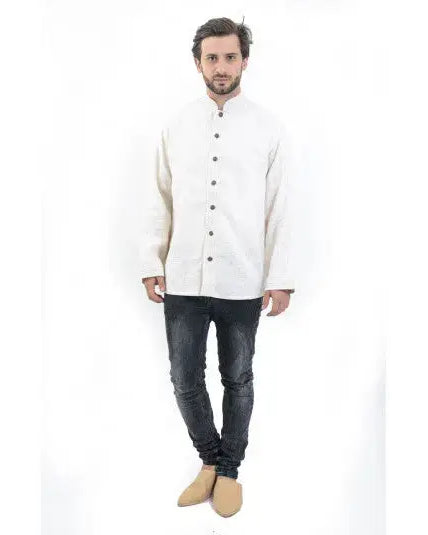Discover the Secrets of Moroccan Leather and How It's Made
Moroccan leather is renowned for its exceptional quality, durability and unique beauty. This material is used in a variety of applications, from furniture to fashion accessories, and has become a staple in the world of interior design. In this article, we will explore the secrets of Moroccan leather and how it's made, so you can understand the magic behind this material.
The History of Moroccan Leather
Moroccan leather has a rich history that dates back to the early days of the Moroccan kingdom. This material was first used by the Berbers, an indigenous people of Morocco, to make traditional leather goods such as sandals, bags, and clothing. Over time, the art of leather crafting evolved, and it became an important industry in Morocco. Today, Moroccan leather is still made by hand, using traditional techniques that have been passed down from generation to generation.
The Source of Moroccan Leather
The source of Moroccan leather is the hides of animals, primarily cows and goats. These hides are sourced from local farms and ranches, and are carefully selected for their quality and thickness. The hides are then tanned using a combination of natural ingredients, such as tree bark and olive oil, to create a soft, supple leather that is perfect for crafting.
The Process of Making Moroccan Leather
The process of making Moroccan leather is a complex and intricate one that involves several steps. Here is a brief overview of the process:
-
Soaking: The hides are soaked in a mixture of water and natural ingredients, such as tree bark, to remove any impurities and to begin the tanning process.
-
Tanning: The hides are then tanned using a mixture of natural ingredients, such as olive oil, to create a soft and supple leather. This process can take several weeks, and is done by hand, using traditional techniques that have been passed down from generation to generation.
-
Drying: Once the tanning process is complete, the leather is then dried and stretched to remove any wrinkles or imperfections.
-
Finishing: Finally, the leather is finished using a combination of natural oils and waxes to enhance its shine and durability.
The Advantages of Moroccan Leather
There are several advantages to using Moroccan leather in your home or fashion accessories, including:
-
Durability: Moroccan leather is known for its exceptional durability, making it a great investment for long-term use.
-
Beauty: The unique beauty of Moroccan leather is due to the natural ingredients used in the tanning process, which create a rich, warm color and texture.
-
Sustainability: Because Moroccan leather is made using natural ingredients, it is a sustainable and environmentally friendly material.
Conclusion
Moroccan leather is a unique and beautiful material that has a rich history and is made using traditional techniques that have been passed down from generation to generation. The source of Moroccan leather is the hides of animals, primarily cows and goats, and the process of making it involves several steps, including soaking, tanning, drying, and finishing. The end result is a durable, beautiful and sustainable material that is perfect for a variety of applications. Whether you're looking to add a touch of luxury to your home or you're searching for a high-quality leather accessory, Moroccan leather is a great choice.

